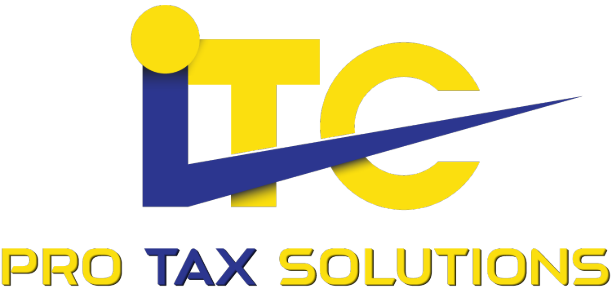Ever looked at a piece of code and felt like you were trying to decipher an ancient script? That mix of letters, symbols, and numbers can be baffling. Yet, those “print” and “if” commands are the building blocks for everything from websites to apps.
You’re in good company if this feels daunting. Most coders remember the first time they faced a programming language like Python or Java, feeling out of their depth. But they also remember the thrill of transforming that confusion into a functional piece of software.
So, how do you start your coding journey? This guide walks you through eight foundational steps to take from curiosity to coding with confidence. Let’s embark on this adventure with a simple command:
print(‘Starting our coding journey’)
And just like that, you’ve written your first line of code. Ready for more? Let’s dive into the eight essential steps for beginners.
Learn the Essentials of Coding in Eight Simple Steps
Step 1: Discover Your Coding “Why”
Understanding your motivation is crucial. Whether you’re eyeing a career in tech, have an app idea, or just want a new hobby, your “why” shapes your learning path. With tech roles expanding and the digital world evolving, coding opens doors to endless possibilities. Before you google “write my paper online” for coding assignments, remember that your passion for creating or solving problems can drive your coding journey forward. Seeking help is the foundation of your professional growth.
Step 2: Equip Yourself with the Right Tools
Ready to code? You’ll need more than just a computer. Today’s coders rely on a suite of tools: from powerful laptops to sophisticated text editors. Whether it’s a Mac or a PC, ensure it can handle the coding software you choose. And when it comes to writing code, start simple with tools like Notepad or TextEdit before moving on to more advanced code editors.
Step 3: Choosing Your First Programming Language
With hundreds of languages out there, picking one might seem overwhelming. Yet, the goal is to select a language that aligns with your interests and is beginner-friendly. Languages like Python are often recommended for starters due to their readability and wide application.
Step 4: Launch Your First Coding Project
The best way to learn is by doing. Start small with projects that excite you, whether it’s a basic calculator or a personal website. These early projects teach you not just how to write code but also how to troubleshoot and debug when things don’t go as planned.
Step 5: Comment Your Code
As you write code, leave notes for yourself and others. These comments are invaluable for understanding the logic behind your code and make it easier for others to follow along or contribute.
Step 6: Connect with the Coding Community
Coding is a communal activity. Engaging with others in forums, social media groups, or local meetups can provide support, inspiration, and learning opportunities. Sharing your challenges and successes with peers can accelerate your growth.
Step 7: Experiment by Editing Others’ Code
Once you’re comfortable, challenge yourself by exploring and tweaking existing code. Platforms like GitHub offer a treasure trove of projects you can learn from. This practice not only improves your coding skills but also introduces you to the norms and practices of the coding world.
Step 8: Keep Learning and Practicing
Coding is a journey, not a destination. The best coders are perpetual students, always curious and experimenting. Whether through daily coding challenges, podcasts, or further formal education, keep your skills sharp and your mind open.
By following these steps, you’re not just learning to code; you’re unlocking a new way to interact with the world around you. Welcome to the coding community — your adventure is just beginning.

